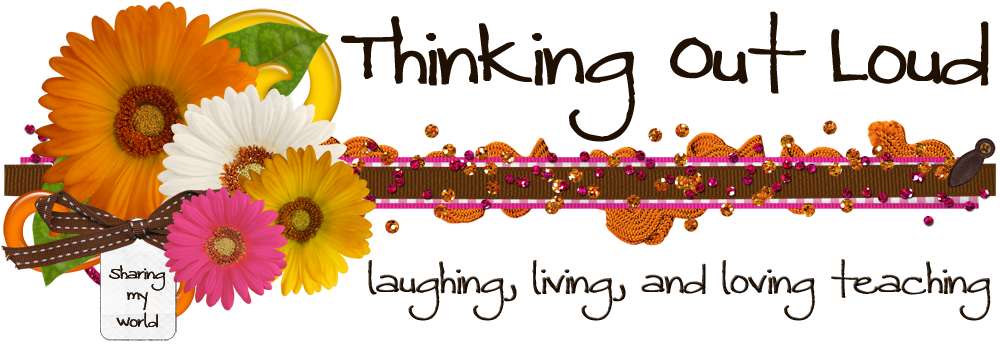I have a simple idea for you today to help spice up your students' writing. I have been in school for almost a week and have an idea of the writing strengths and weaknesses of the kids in my school based on the writing samples the teachers have collected this week. One weakness that always gets kids is being more descriptive in their writing.
One way I help my students be more descriptive writers is by teaching them the "show, not tell" technique. I display a sentence on the Elmo like "My room is a mess." I explain to my students that using this sentence in my writing tells the reader that the room is a mess but doesn't help the reader see my room. What I think is a mess might not be a mess to someone else. I need to help my reader visualize my room by showing them in words that my room is a mess. I use the five senses to help students really think about what a messy room might look like. Then I model writing what what we talked about.
My model might look something like this:
I wish I had a maid. My floor is so littered with clothes my hangers feel lonely in the closet. My bed is hidden under a pile of more clothes, school books, lost homework assignments, and DVDs. Looking under the bed, I see empty cups and plates that need to be taken to the kitchen. The vacuum has not graced my room with its presence in over a year, so I have a whole generation of dust bunnies living in the nooks and crannies. My cat has rolled over the top layer of my bed so many times that the clothes look white and grey. I have pushed things to the side in an effort to create a trail from the bed to the door. My mom is going to kill me when she comes for a visit. I can hear her now, “I raised you better than this.”
We discuss the difference between "My room is a mess" and the paragraph that shows the mess. I give students a telling sentence and have them practice working in groups to creating a showing paragraph. Then I want them to apply it to their own writing, so I have them reread a piece they have been working on and pick out a telling sentence. They write a few sentences (up to a paragraph) that show instead of tell. Finally we add "Show, Not Tell" to our revising strategies list.
I have a lesson plan that goes with this idea HERE.
I hope you enjoyed this activity. For the next activity, check out The Reading Tutor.


.png)








